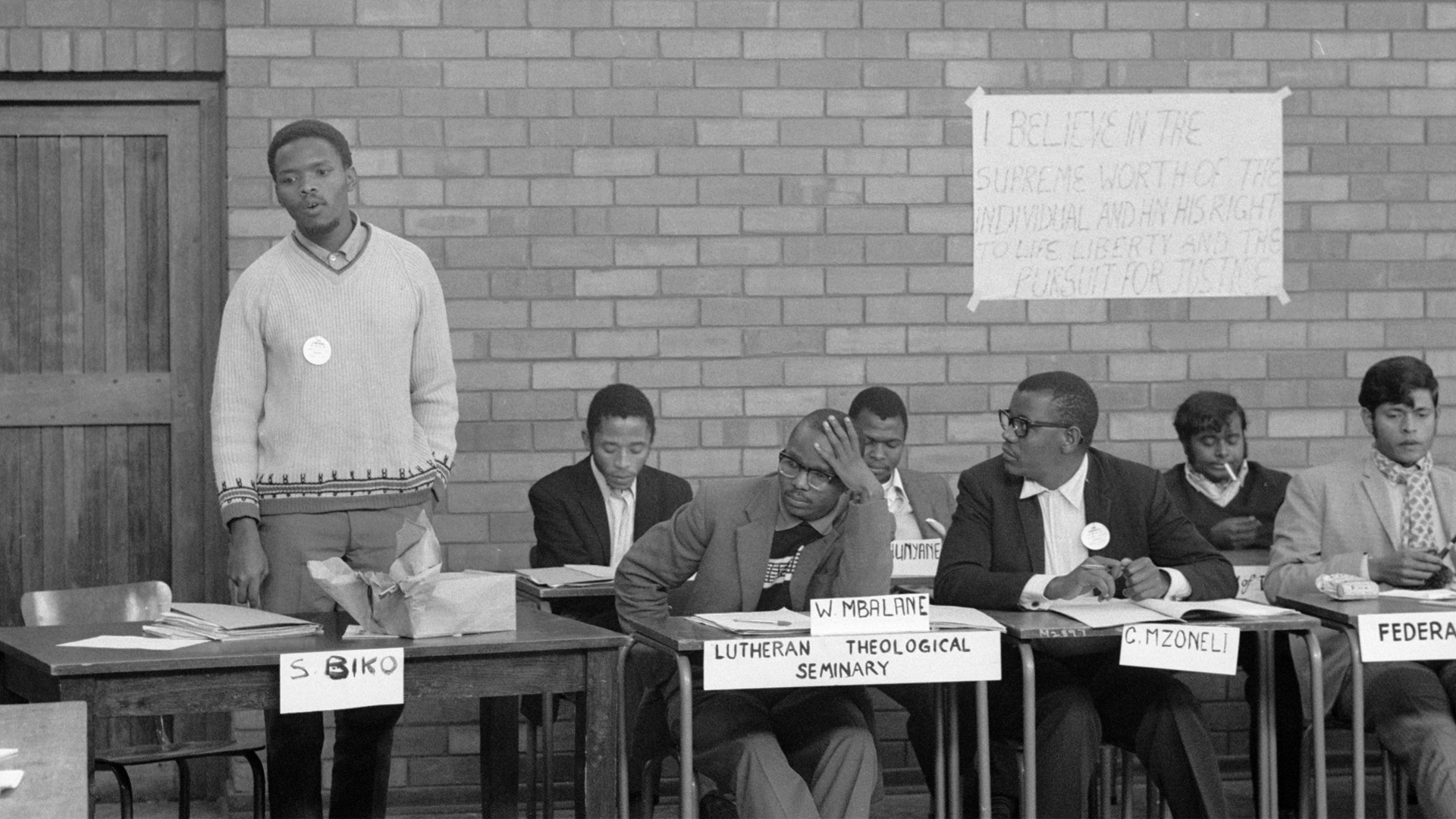The doors of learning
As apartheid began to tighten its stranglehold on South Africa, progressive organisations from across the country rallied around an idea proposed by Professor Z.K. Matthews of Fort Hare. Matthews envisioned a ‘Congress of the People’ that would formally ratify the hopes of South Africa’s oppressed majority. In 1955, the Congress became a reality and adopted the Freedom Charter — a proto-constitution that would eventually inform the constitution of today’s democratic South Africa.
Among the Charter’s highlights is its declaration, “The Doors of Learning and Culture Shall be Opened!” This is followed by a number of moving explanatory clauses, including, “The aim of education shall be to teach the youth to love their people and their culture, to honour human brotherhood, liberty and peace.”
It would take four decades of struggle before the implementation of the Charter’s ideals could begin.
In the 1970s, Steve Biko, Barney Pityana (who later became Unisa’s first black Vice-Chancellor) and other student leaders founded the South African Students’ Organisation (SASO). SASO encouraged black students to articulate their own struggle without assistance from liberal whites and created a new culture of militant protest at universities where it had a presence.
